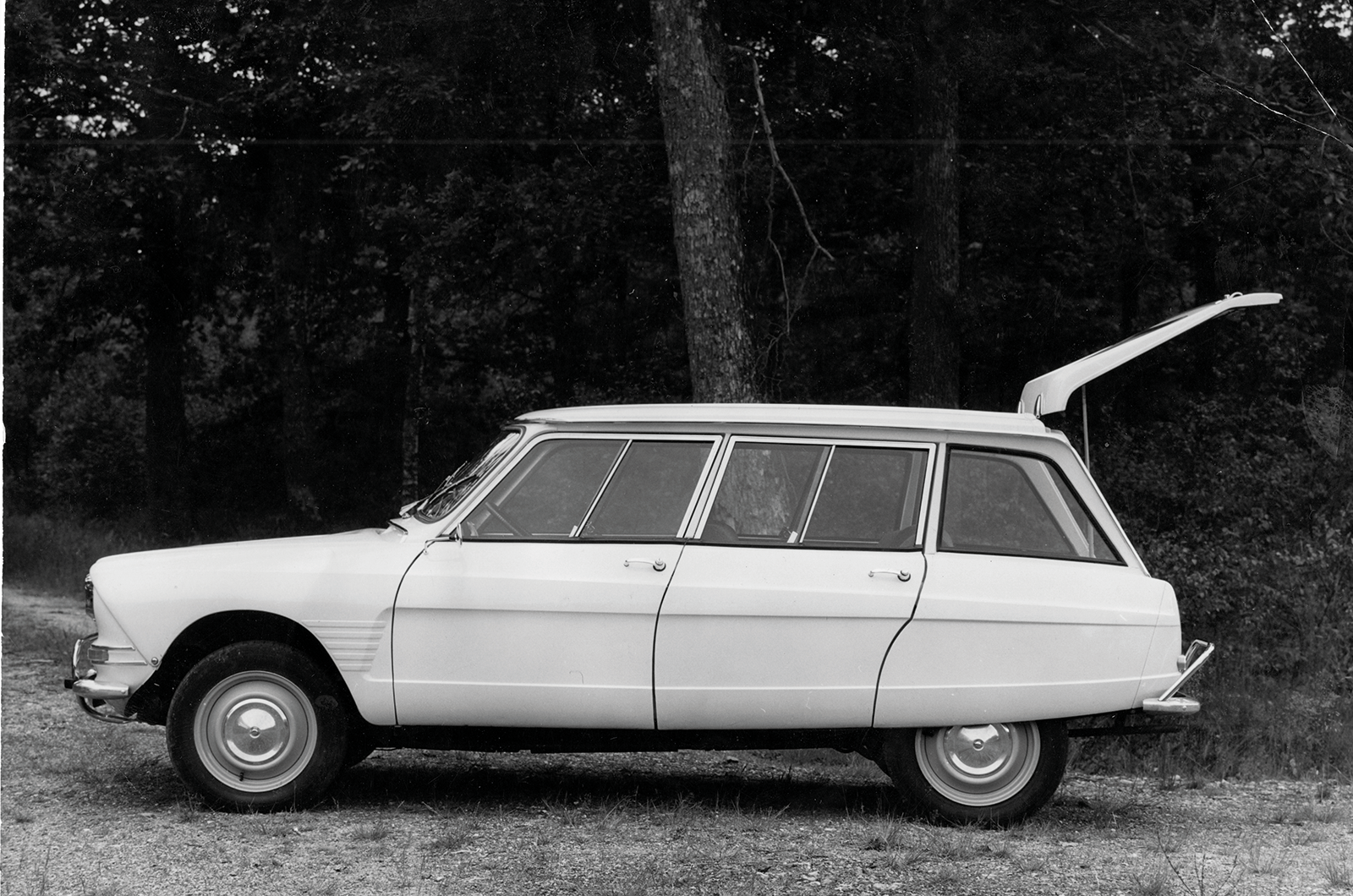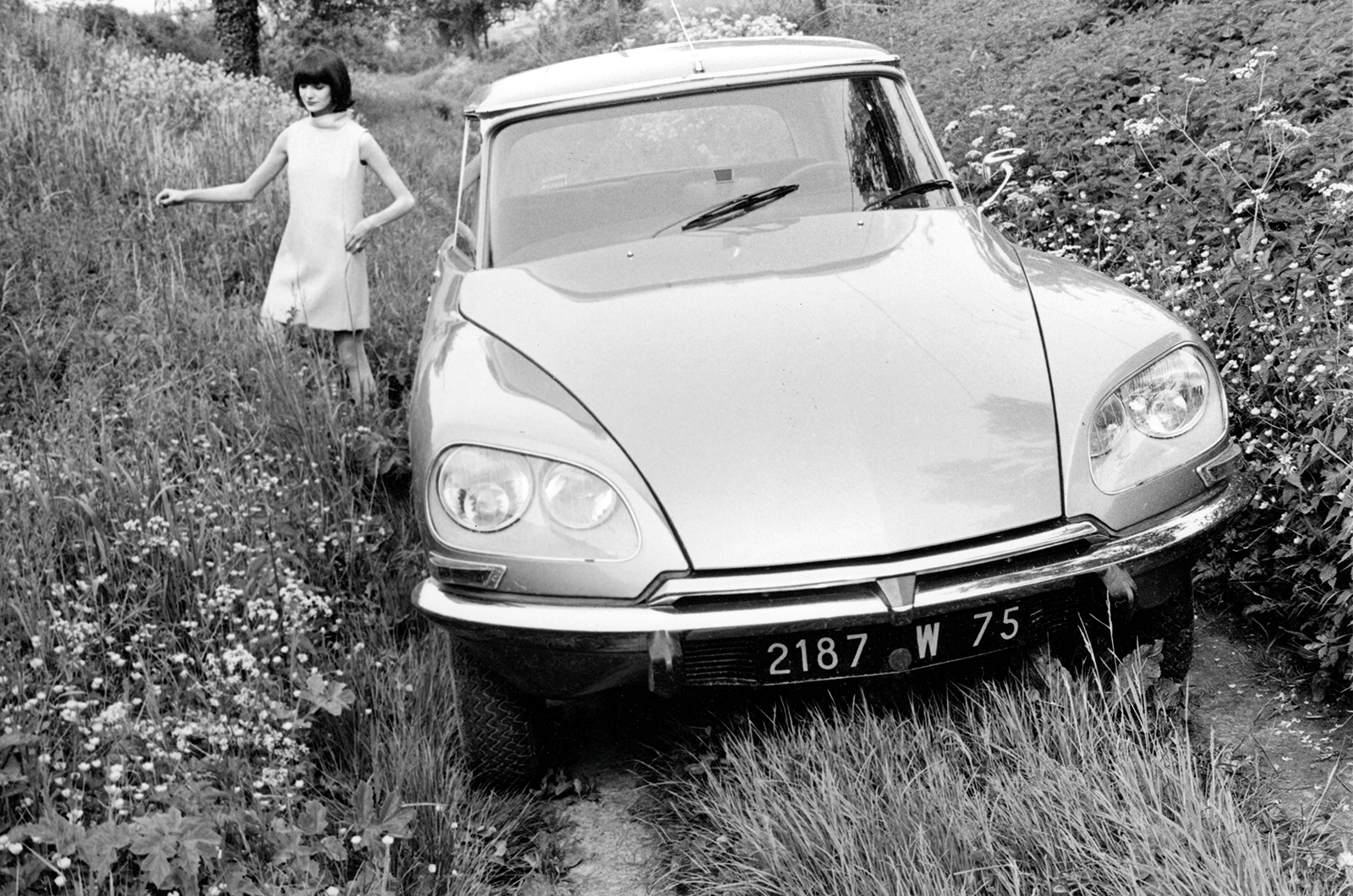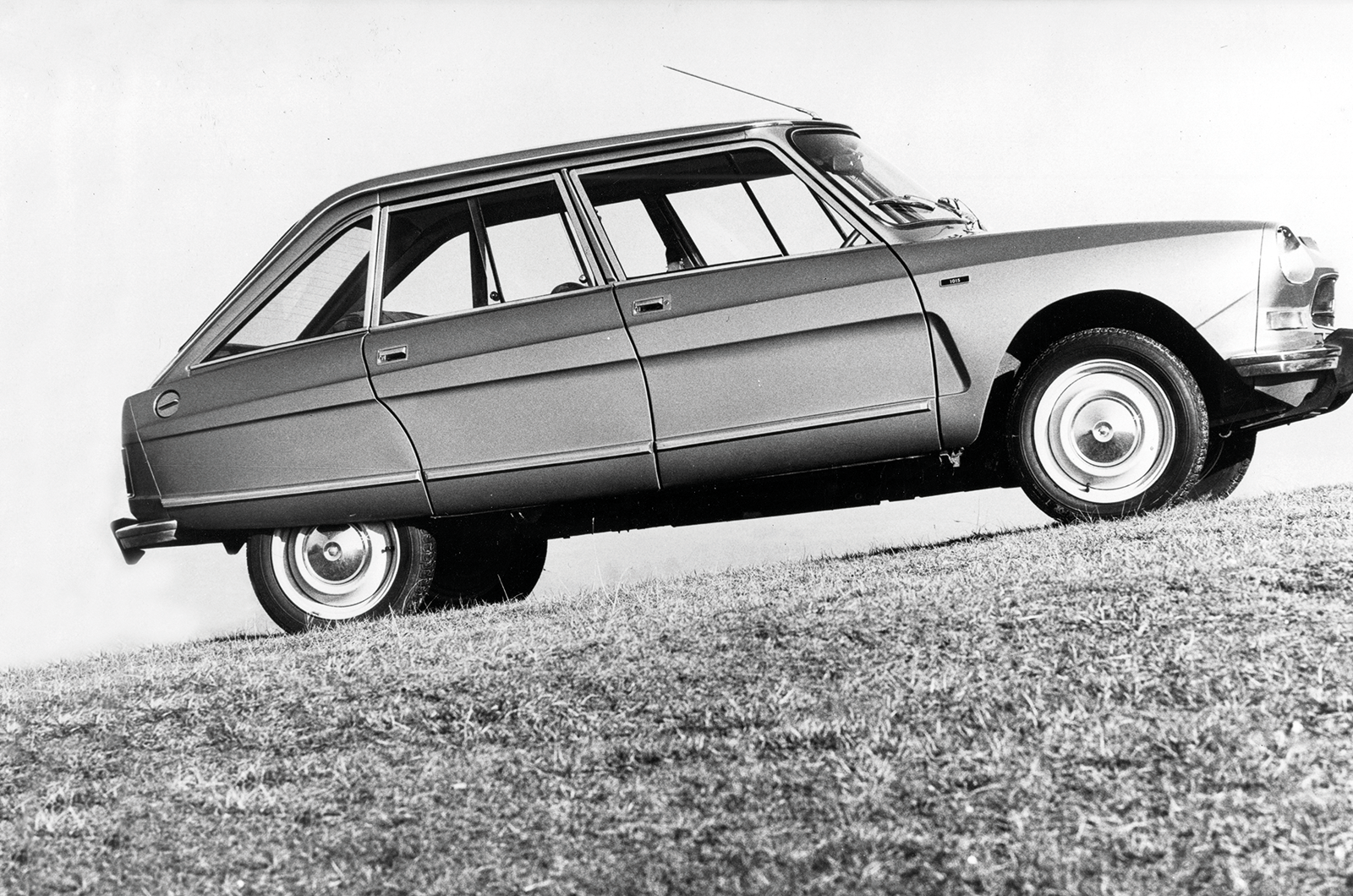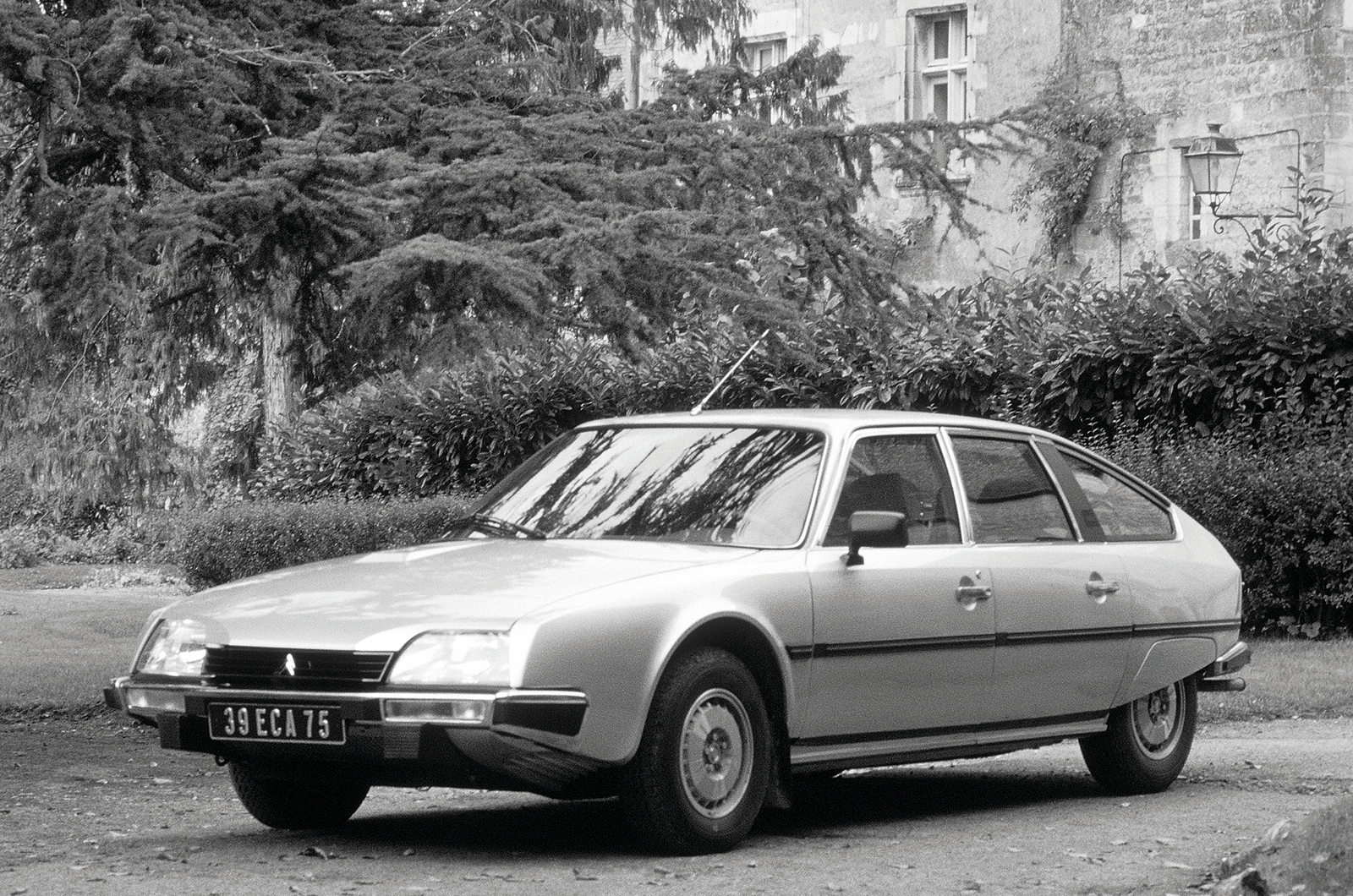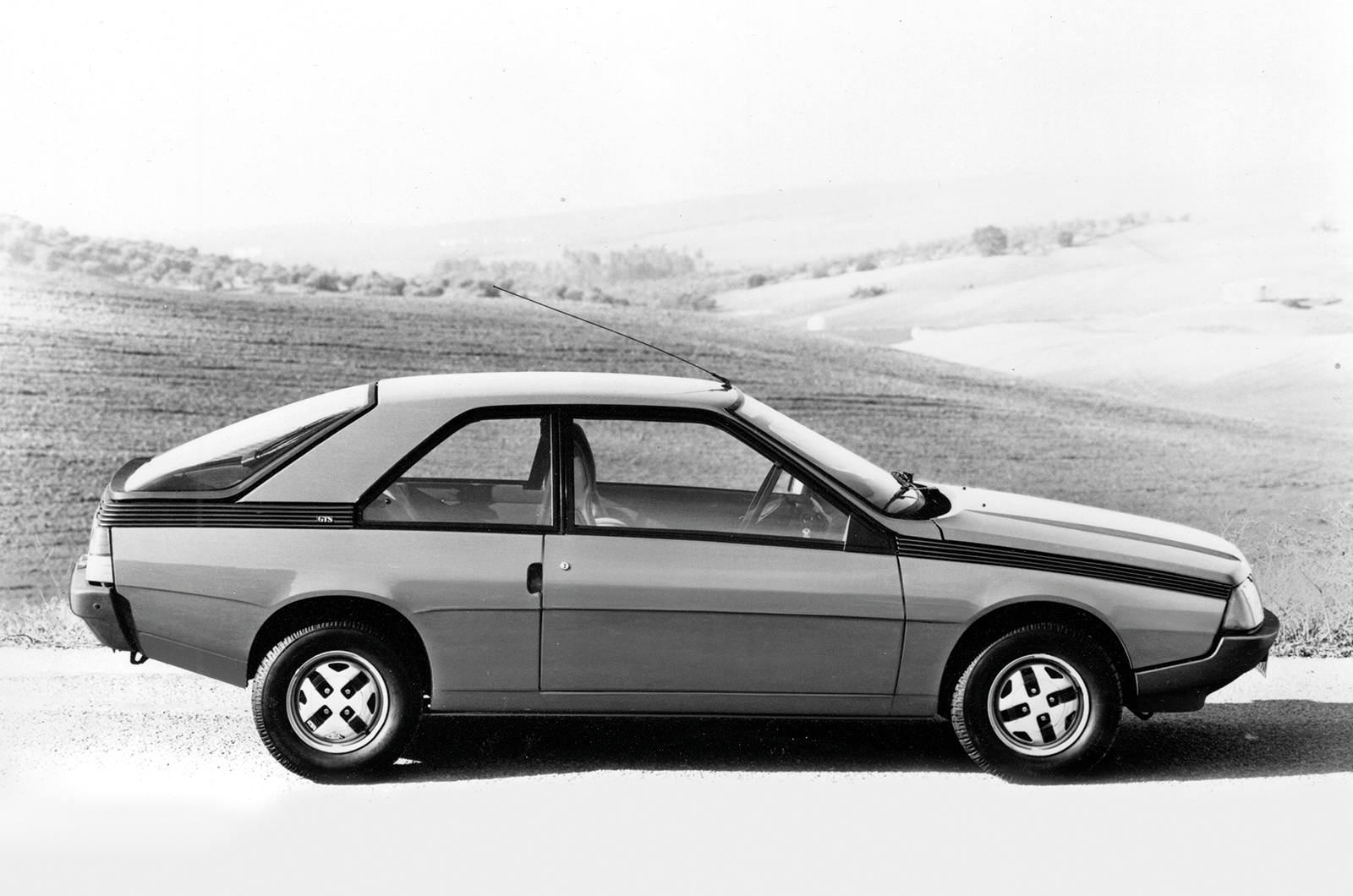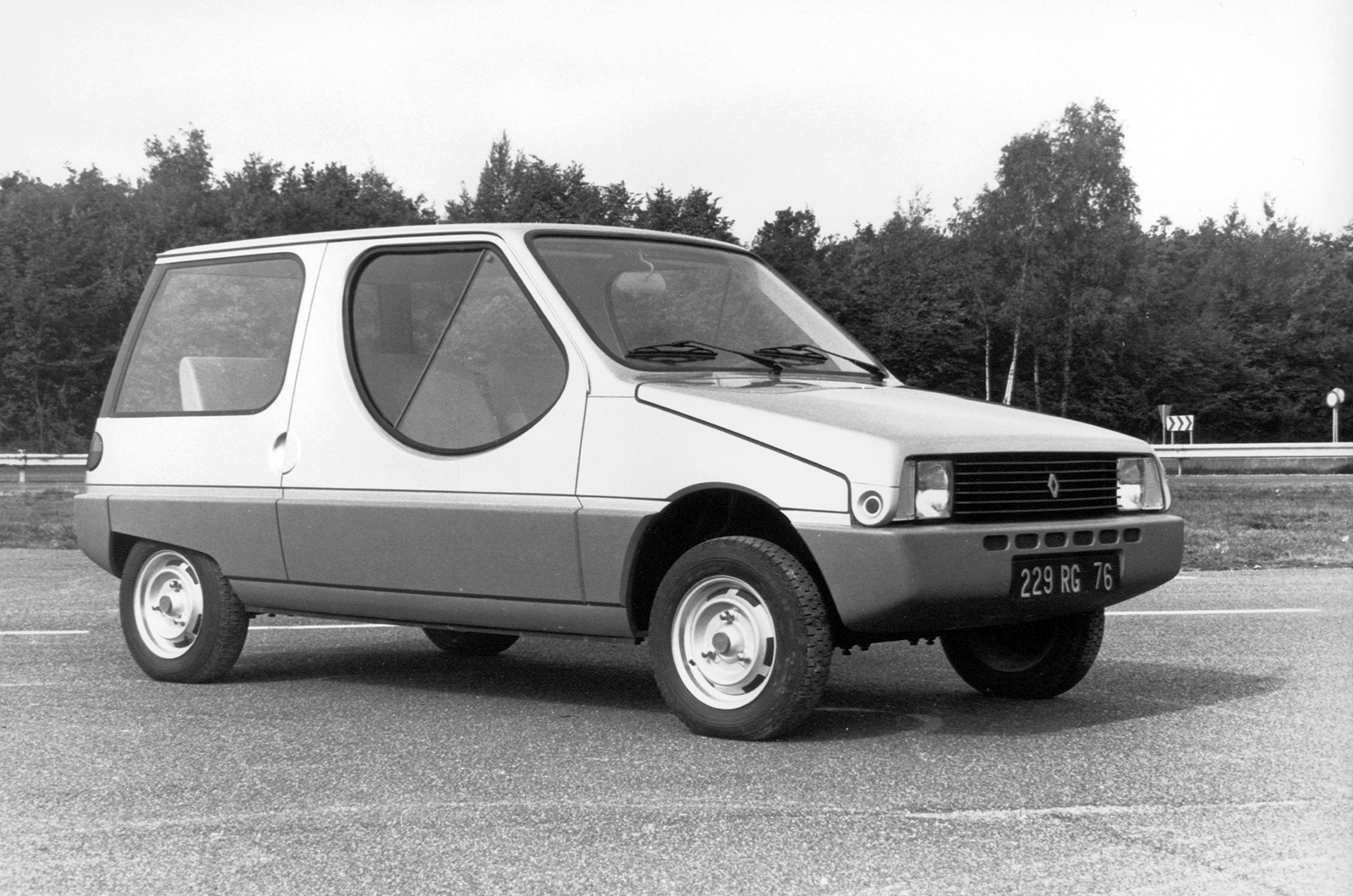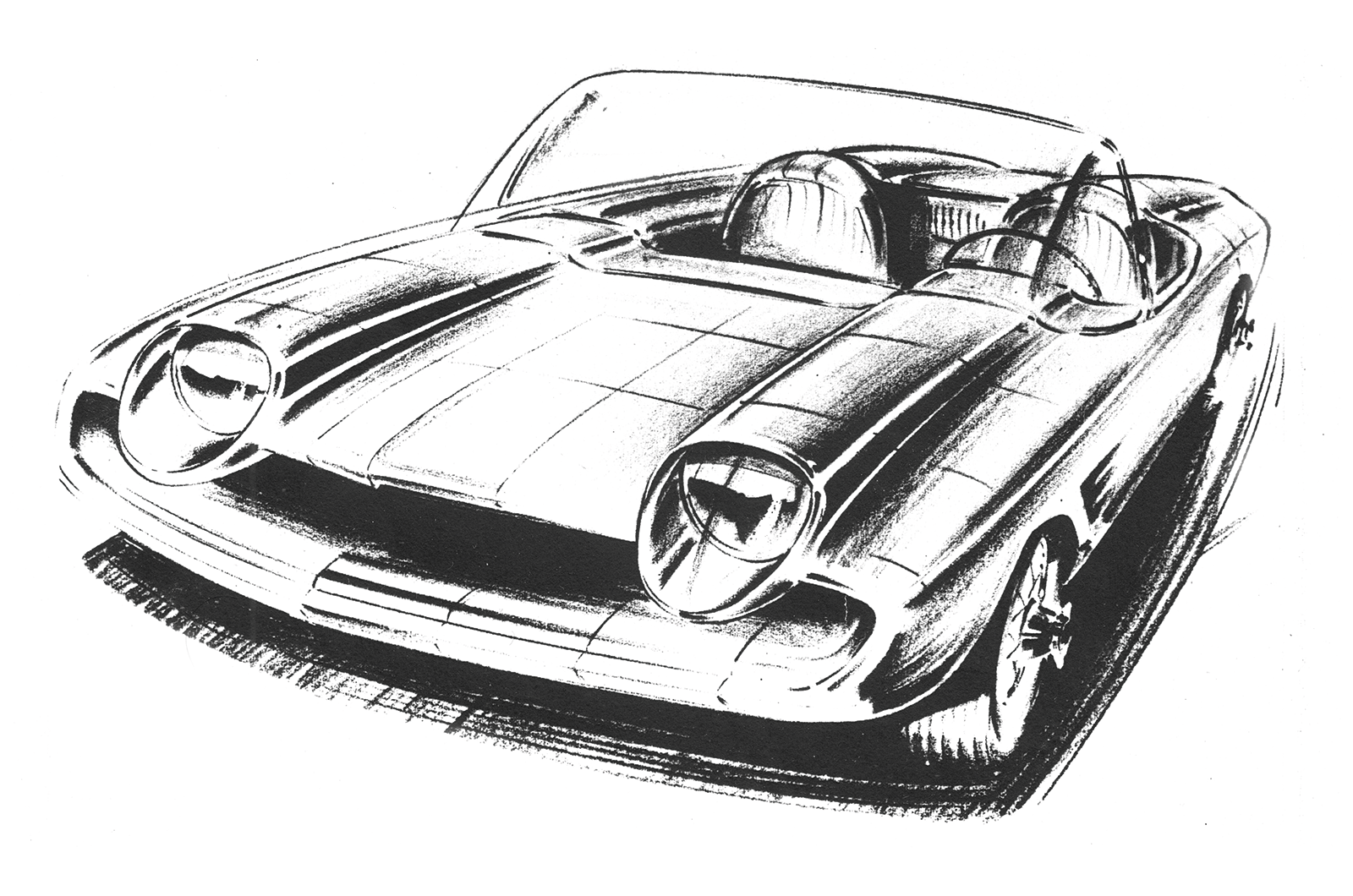
Robert Opron, who died earlier this year on 29 March, aged 89, became head of design at Citroën after the death in 1964 of Flaminio Bertoni.
Under Opron’s direction the company’s cars gained, with the GS and the CX, a new and contemporary look for the 1970s – and an ill-fated ‘Super Citroën’ in the shape of the SM.
An artistically aware designer with an interest in sculpture, modern art and architecture (he studied as an architect and, as with Bertoni, he would design his own house), Opron had a vivacity and flamboyance that suited the job.
Short, moustachioed and with a love of bow ties, he had begun his design career with aircraft manufacturer Nord Aviation, planes having always been a passion almost as important as his love of cars.
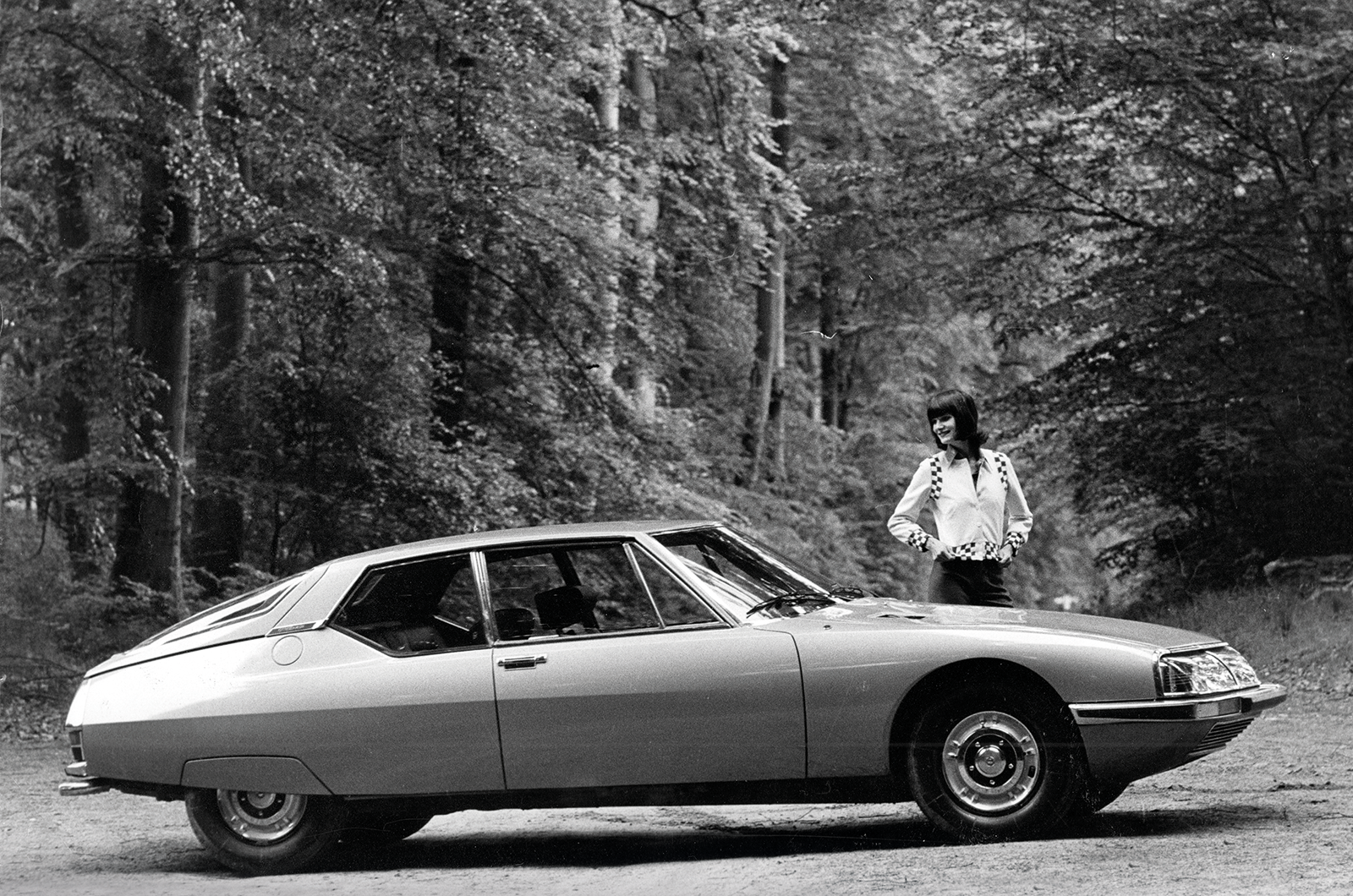
Opron will always be most readily associated with the glamorous Maserati-powered SM, a car of which he remained proud. “It’s a very simple form. It was what we wanted it to be,” he said in 2002
In 1957 he moved to the motor industry, as a junior in the Simca styling department.
There he worked on the four-door cabriolet Vedettes made for the French presidency, and on various abortive Vedette try-outs such as two-door cabriolets and coupés.

